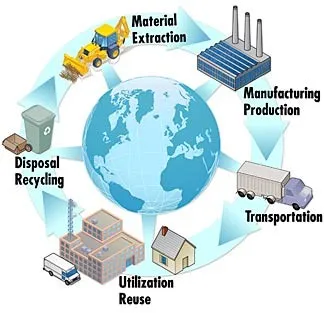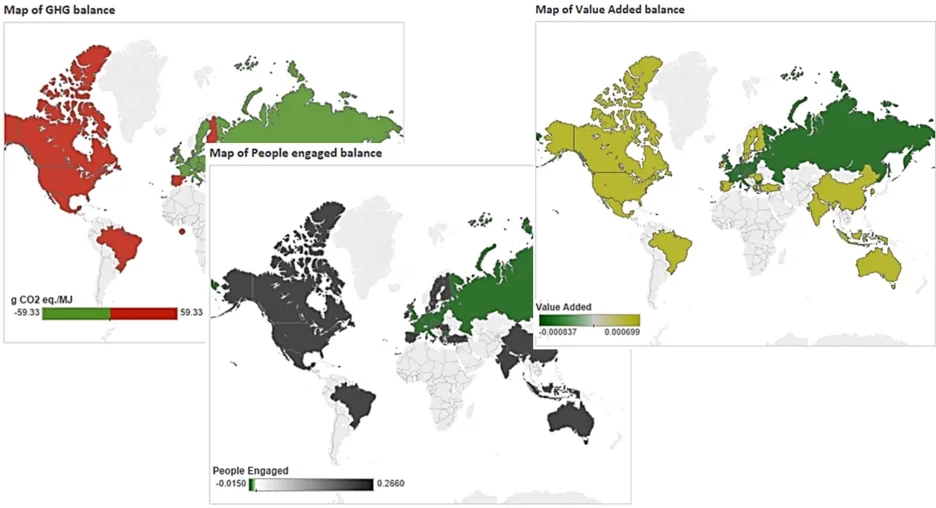Challenges
The awareness of environmental problems has increased in the last decades. Society and policy-makers are more concerned on the potential impacts caused by our current economic development and well-being. This has led to new challenges for many sectors that try to include the term sustainability in their processing systems. Among these sectors, energy industry and mobility are playing the leading rolls towards this transformation. The promotion of renewable energy in the energy matrix and new mobility concepts aim to minimize the environmental impacts, usually associated to conventional energy sources. However, in order to reach sustainability, it is necessary to pay attention not only to the operation phases but also to all upstream and downstream processes associated to the system under analysis. Besides, any change towards sustainability should care about the environment without compromising the positive socio-economic benefits of the current situation.
Opportunities
In order to face this challenges, it is necessary to have tools that allow a holistic analysis of any system. The life cycle thinking approach helps:
- Identifying potential trade-offs of environmental impacts from one life stage to another.
- Identifying opportunities to improve the environmental performance of products or services, such as hotspot in energy consumption, raw materials, emissions, etc.
- Informing decision-makers in industry, policy and consumers.
Research at the Chair

The research work conducted in this department covers the three main pillars of sustainability: environment, society and economy. Two main approaches are used to estimate the environmental, social and socio-economic impacts.
- Life Cycle Analysis: from a bottom-up approach, this method allows the assessment of environmental consequences of any services of product, taking into account all requirements in terms of energy and raw materials, as well as all the outputs as emissions and waste, along its whole life. This analysis is known as a “cradle to grave” analysis. This analysis allows not only accounting the potential environmental impacts, but also identifying the processes or products that contribute the most to those impacts.
- Input-Output Analysis: from a top- down approach, this method estimates the socio-economic impacts derived from changes in the final demand of goods and services. Born to analyse the macro-economic impacts of policies in terms of gross domestic production, its scope has been extended to other consequences, such as job generation but also to environmental impacts and also to a multi-regional geographical horizon. This way, the Input-Output Analysis provides information concerning the sectors and regions, which will contribute the most to the environmental impacts, or which will get the highest benefits in terms of employment and economic activity, derived from the consumption of goods and services in one country or region.

Covered topics in Master's and Bachelor's theses, research projects and seminars
- Consumption-based CO2 emissions from households: multi-regional input-output analysis
- Environmental Impacts of Autonomous Mobility-on-Demand Systems
- Environmental assessment of a fuel cell vehicle using life cycle assessment
- Life Cycle Assessment of agricultural products within decentralized Energy¬Water-Food systems in Sub-Saharan Africa
- Life Cycle Assessment of Electric Scooters: Case Study for the City of Madanapalle in Southern India LCA of Future Battery Electric Vehicles in Germany and the Potential Impact of Charging time and mode
- Analysing the traffic impact of on-demand ride-sharing services on Urban Mobility
| Contact person | Dr. Cristina de la Rúa |